Editor's note: The Afghanistan war ended just as it began. The country has once again come to a crossroads as the U.S. pulled its traumatized soldiers out of its longest war in history, with the Taliban riding back to the power they had been stripped of 20 years ago. Afghanistan, a mountainous territory nestled in the heartland of Asia, has long been a battlefield of global powers. But it has never been conquered, and hence has received the sobriquet of "Graveyard of Empires."
In this series Through the lens: Afghanistan 2001-2021," we dive into the scars the war has left on the country, and the fear, wrath and resilience of the Afghan people. Our fourth episode focuses on the tragedy of millions of Afghan refugees who have lived in displacement for decades. You can find the whole series here.
After the U.S. invasion began in October 2001, around 1.5 million Afghans fled the country in the span of a few weeks to escape aerial bombing and ground battles. Just in two months, the Taliban were toppled. United Nations Security Council Resolution 1378, adopted on November 14, "affirms that the United Nations should play a central role in supporting the efforts of the Afghan people to establish urgently such a new and transitional administration leading to the formation of a new government." Seeing hopes of peace restored in their homeland, Afghan refugees sheltered by neighboring countries, mainly Iran and Pakistan, started to return.
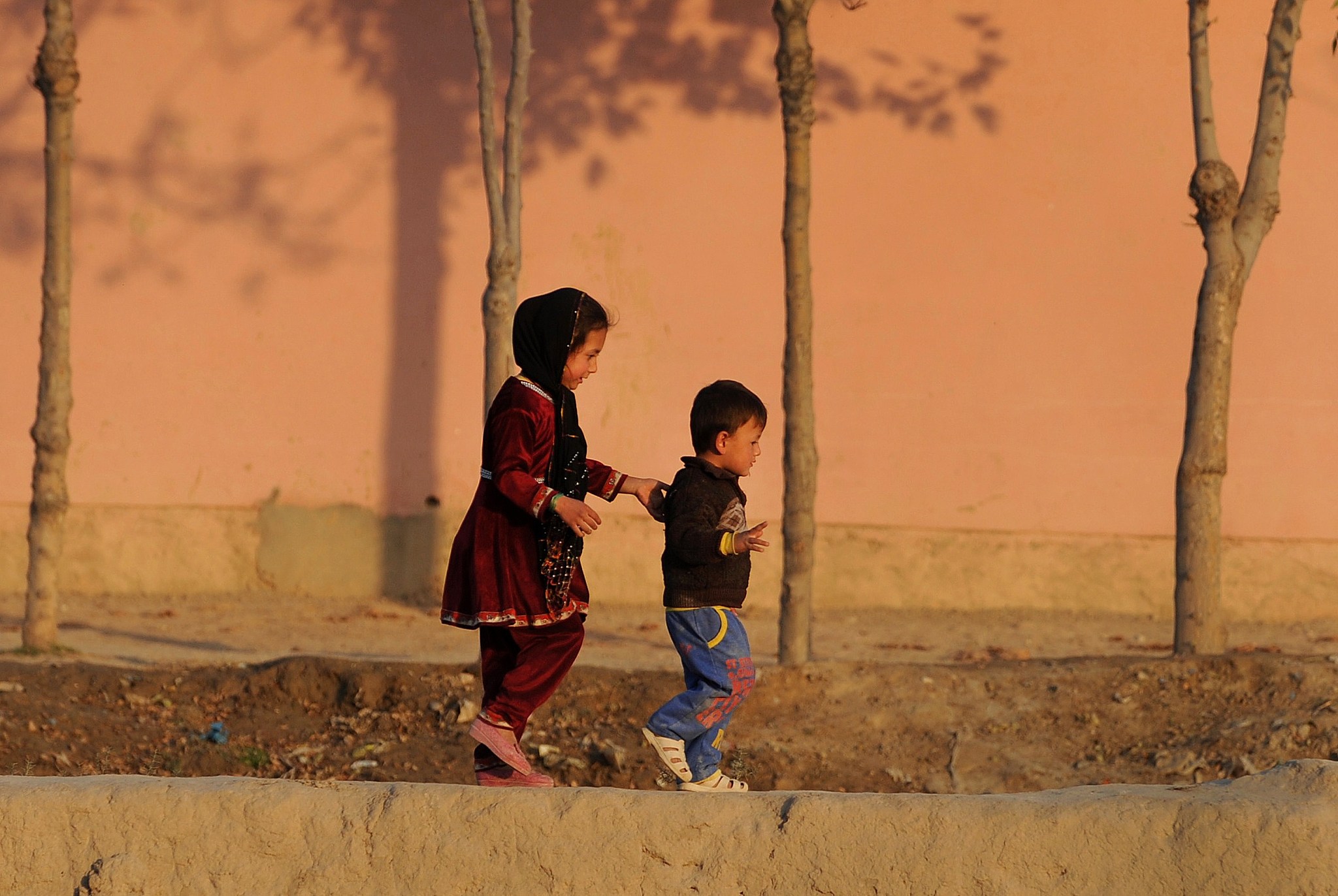
Afghan children walk along a wall in Mazar-i Sharif, Afghanistan, November 25, 2013. /VCG
Afghan children walk along a wall in Mazar-i Sharif, Afghanistan, November 25, 2013. /VCG
Between 2002 and 2006, 4.8 million former refugees, including many who had escaped during and after the civil war in the 1990s, returned to Afghanistan. But what awaited them back home was not peace and prosperity. The new government, under heavy U.S. influence, brought new woes to the nation. Warlords that were once rampant rose to power under the new regime. They carved out territories in the provinces and ruled them as their own kingdoms. In fact, these anti-Taliban warlords received military and financial support from the U.S. The central government in Kabul acknowledged the warlords' authority and had no real power outside the capital.
Corruption was pervasive: bribery, nepotism, position buying, graft, etc. seeped into every corner of society. The lower classes suffered just as before, if not more. After 2006, the return of refugees slowed down as Taliban insurgencies reemerged. Between 2009 and 2010, more than 120,000 Afghans became homeless due to armed conflict. Now, 11 million out of Afghanistan's 30 million population are severely food insecure due to long drought and displacement.
Children got the worst of it. "The brunt of hardship of being a refugee is borne by children," Hassan Noor, Asia regional director of Save the Children, told CGTN. A lack of proper shelters, health centers and schools made children vulnerable to abuse. As many as 2 million malnourished children now depend on food supplements to live another day, while 3.7 million are not going to school and over 2 million have been forced into child labor.
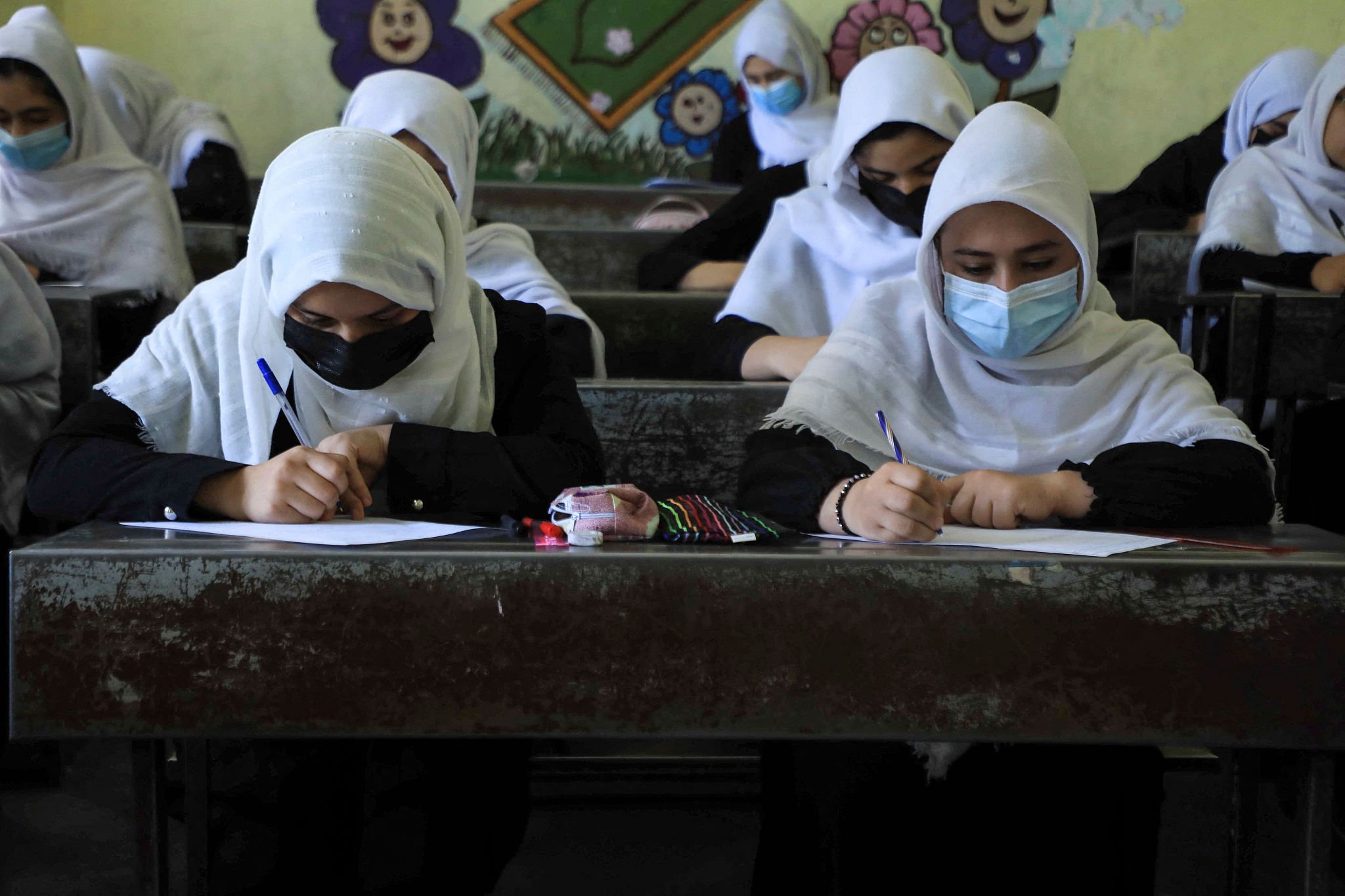
Schoolgirls attend class following the Taliban takeover of the country, in Herat, Afghanistan, August 17, 2021. /VCG
Schoolgirls attend class following the Taliban takeover of the country, in Herat, Afghanistan, August 17, 2021. /VCG
The combined hardships of poverty, hunger, natural hazards, and most of all, violence, made it nearly impossible for common folk to survive. Many Afghans were once again forced to an exodus. In 2011, more than 15 percent of returned refugees had no choice but to move. Since 2012, around 5 million people have fled and not been able to return home.
In 2015, as refugee numbers to Europe spiked, Afghans were the second most common nationality after Syrians to request asylum in Europe. The surge of refugees threatened stability in host countries as their economies suffered and they started to take stern actions to address the issue.
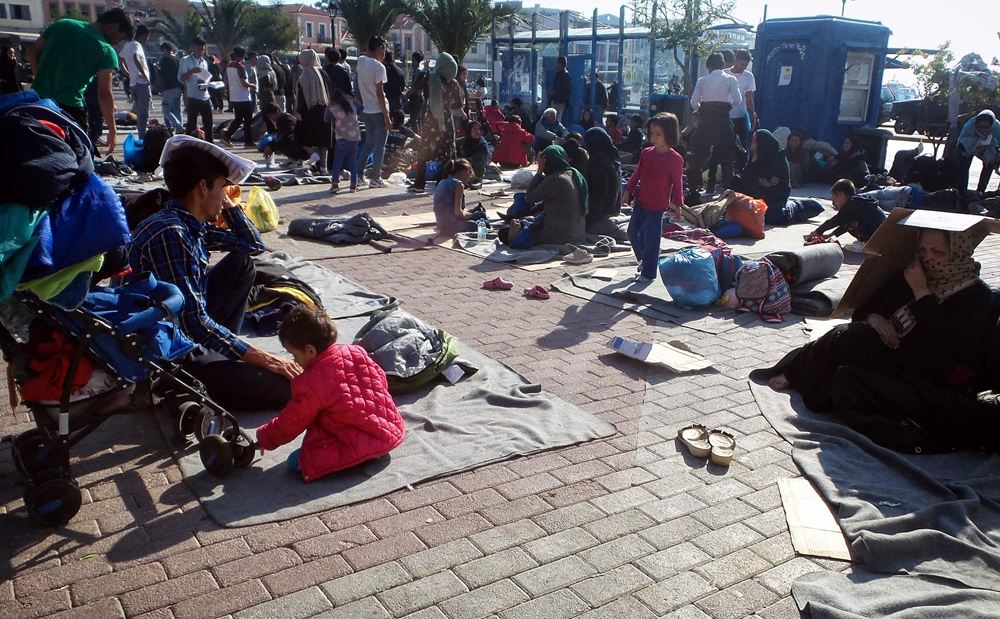
Afghan refugees occupy the main square of Mytilene on the Greek island of Lesvos, October 22, 2017. /VCG
Afghan refugees occupy the main square of Mytilene on the Greek island of Lesvos, October 22, 2017. /VCG
Iran and Pakistan, two of the biggest hosts of Afghan refugees, have been overburdened by taking in Afghan refugees for three decades. Both countries have toughened regulations on refugees and have forced the return of a great number of Afghans since 2016. That year, Pakistan alone returned over 1 million refugees, registered or not, and in 2017, it returned another 610,000. Europe has taken equally tough measures, denying asylum to 400,000 Afghans since 2015, and returning around 12,900 Afghans in 2015 and 2016.
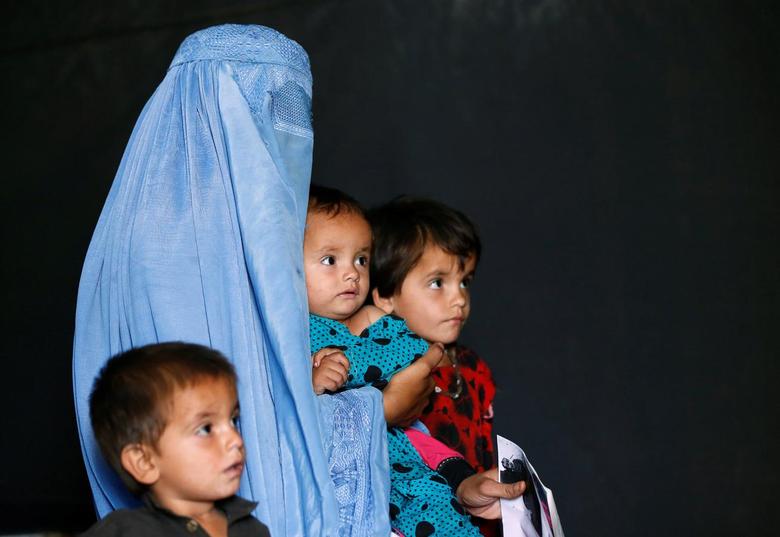
An Afghan family returning from Pakistan watches a short video clip about mines during a mines and explosives awareness program at a United Nations High Commissioner for Refugees (UNHCR) registration center in Kabul, Afghanistan, September 27, 2016. /Reuters
An Afghan family returning from Pakistan watches a short video clip about mines during a mines and explosives awareness program at a United Nations High Commissioner for Refugees (UNHCR) registration center in Kabul, Afghanistan, September 27, 2016. /Reuters
The current refugee crisis is no different from 2015, said Noor. "In fact, Europe does not even recognize them as refugees. They call them economic migrants, which is a shame because these are people who are fleeing due to fear of persecution."
The world needs to show responsibility and a strong moral understanding of various issues different parts of the world are facing, particularly what it could mean for children, he added.
Following the power shift in the country, a number of international organizations have frozen aid to Afghanistan. The International Monetary Fund declared that it would freeze the distribution of more than $400 million in emergency currency reserves that were allocated to Afghanistan.
But the country is heavily dependent on international aid and NGOs for basic life services. A 2019 study by the World Health Organization found that 80 percent of the country's healthcare system was funded by foreign donors. Aid flows account for 42.9 percent of Afghanistan's GDP, according to World Bank data.
The COVID-19 situation in the country adds further uncertainty over the future of civilians' livelihoods. The Afghan population is poorly vaccinated and testing is woefully insufficient. A summer surge months ago brought by the Delta variant badly strained the country's hospitals and overwhelmed its healthcare system.
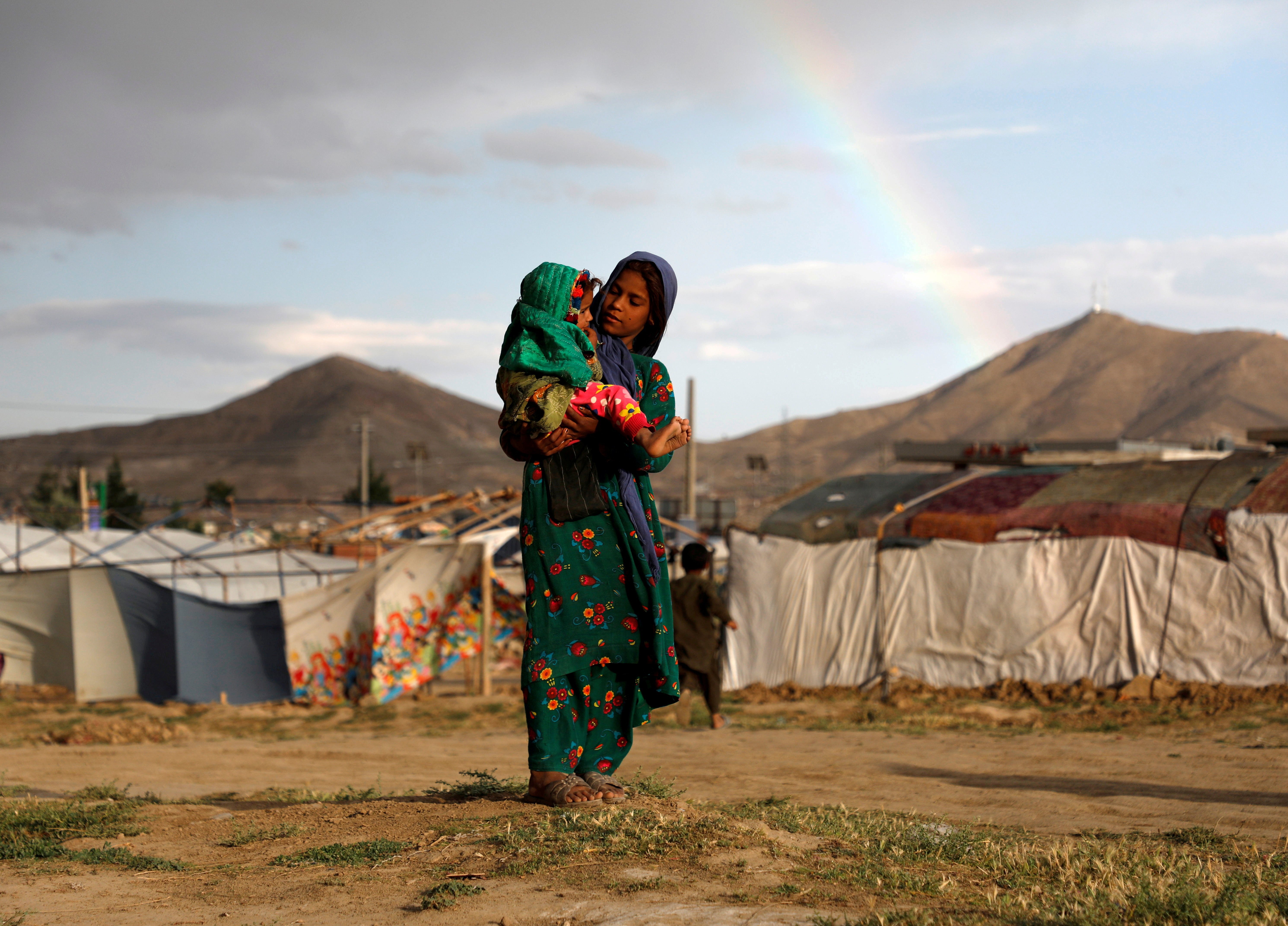
An internally displaced Afghan girl carries a child near their shelter at a camp on the outskirts of Kabul, Afghanistan, June 20, 2019. /Reuters
An internally displaced Afghan girl carries a child near their shelter at a camp on the outskirts of Kabul, Afghanistan, June 20, 2019. /Reuters
As of 2021, Afghanistan is the third largest source of refugees in the world, with the number of Afghan refugees standing at 2.6 million, according to the United Nations High Commissioner for Refugees (UNHCR). Close to half of them are children. Domestically, 4 million internally displaced persons are still in temporary camps, struggling every day for livelihood.
Wars after wars have made migration a norm for the Afghan people. In Pakistan's refugee camps, Afghans who escaped during the Soviet invasion have lived for more than 30 years. Children who were born in the camps now have their own children. Their pain continues in the next generation. When will their decades of displacement finally come to an end?
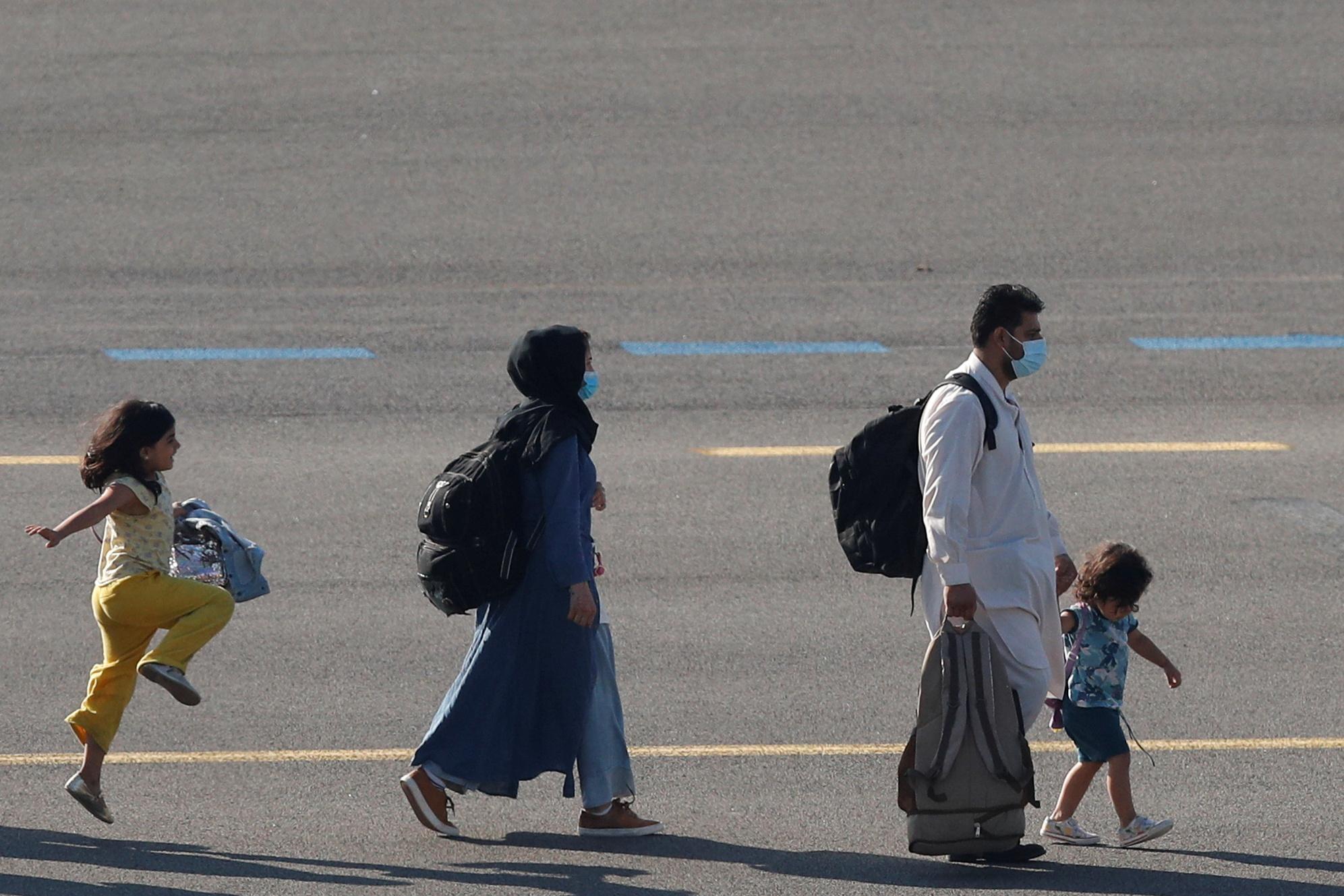
A girl skips on the tarmac as people who have been evacuated from Afghanistan arrive at Melsbroek military airport in Melsbroek, Belgium, August 25, 2021. /Reuters
A girl skips on the tarmac as people who have been evacuated from Afghanistan arrive at Melsbroek military airport in Melsbroek, Belgium, August 25, 2021. /Reuters
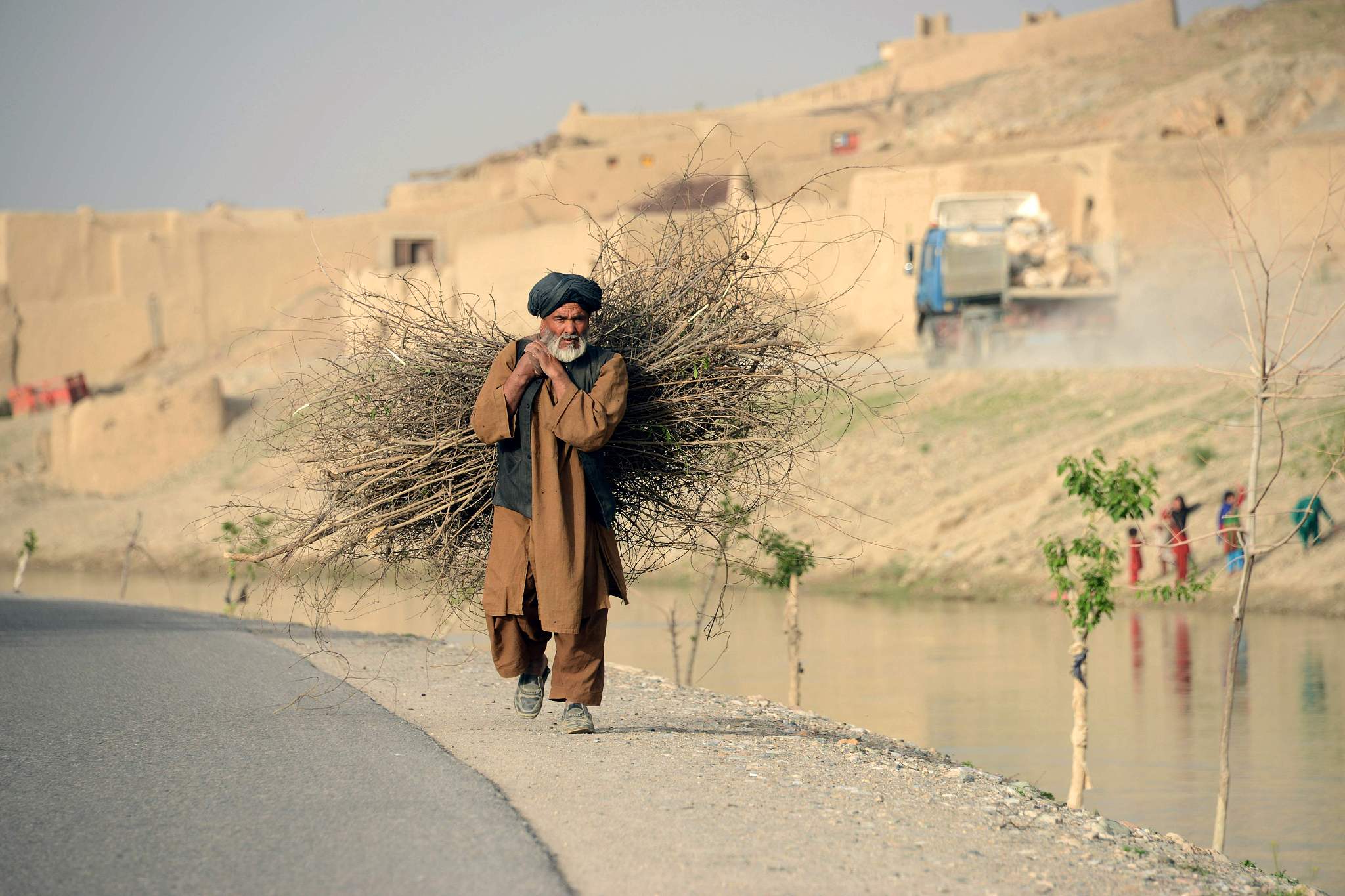
An Afghan man carries firewood along a road in Kandahar, Afghanistan, June 1, 2016. /VCG
An Afghan man carries firewood along a road in Kandahar, Afghanistan, June 1, 2016. /VCG
(Cover image designer: Liu Shaozhen)

